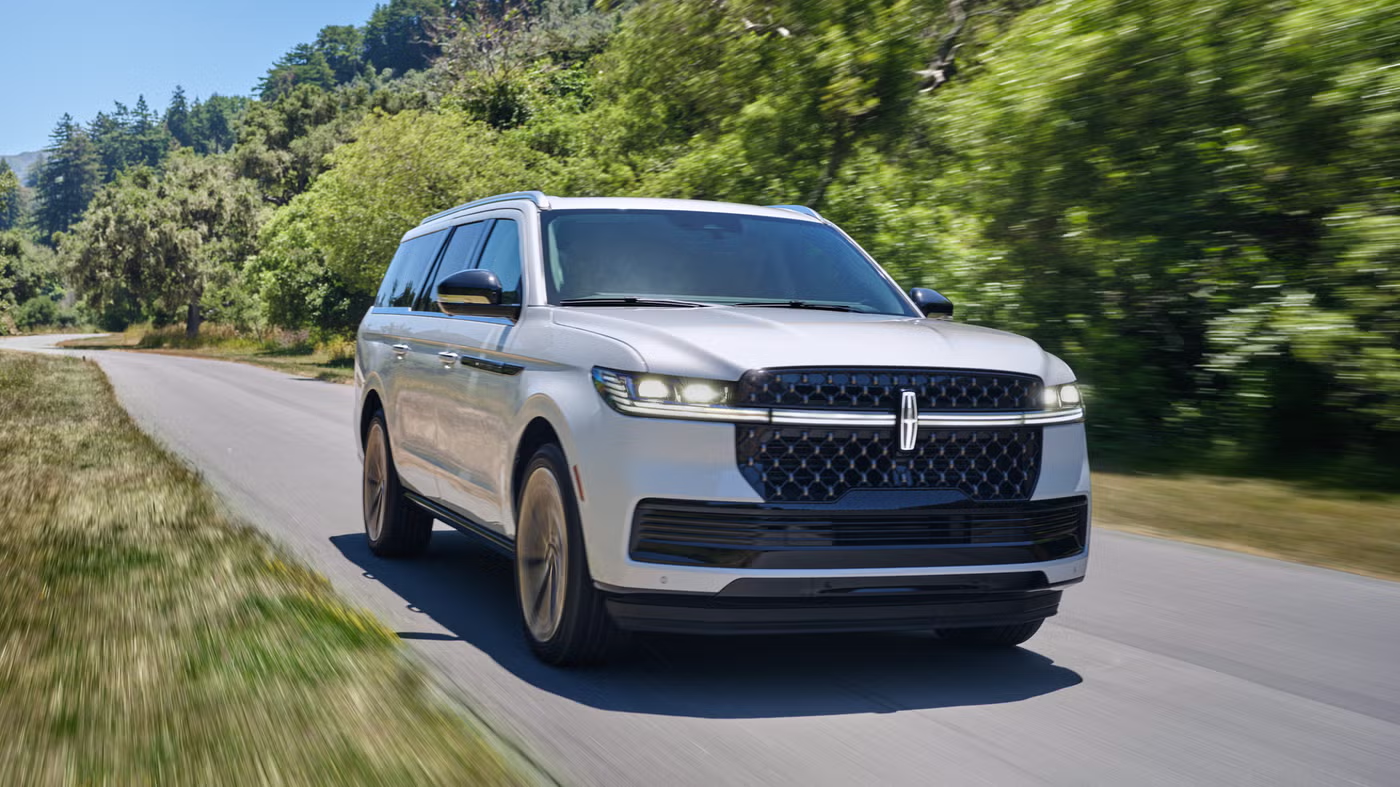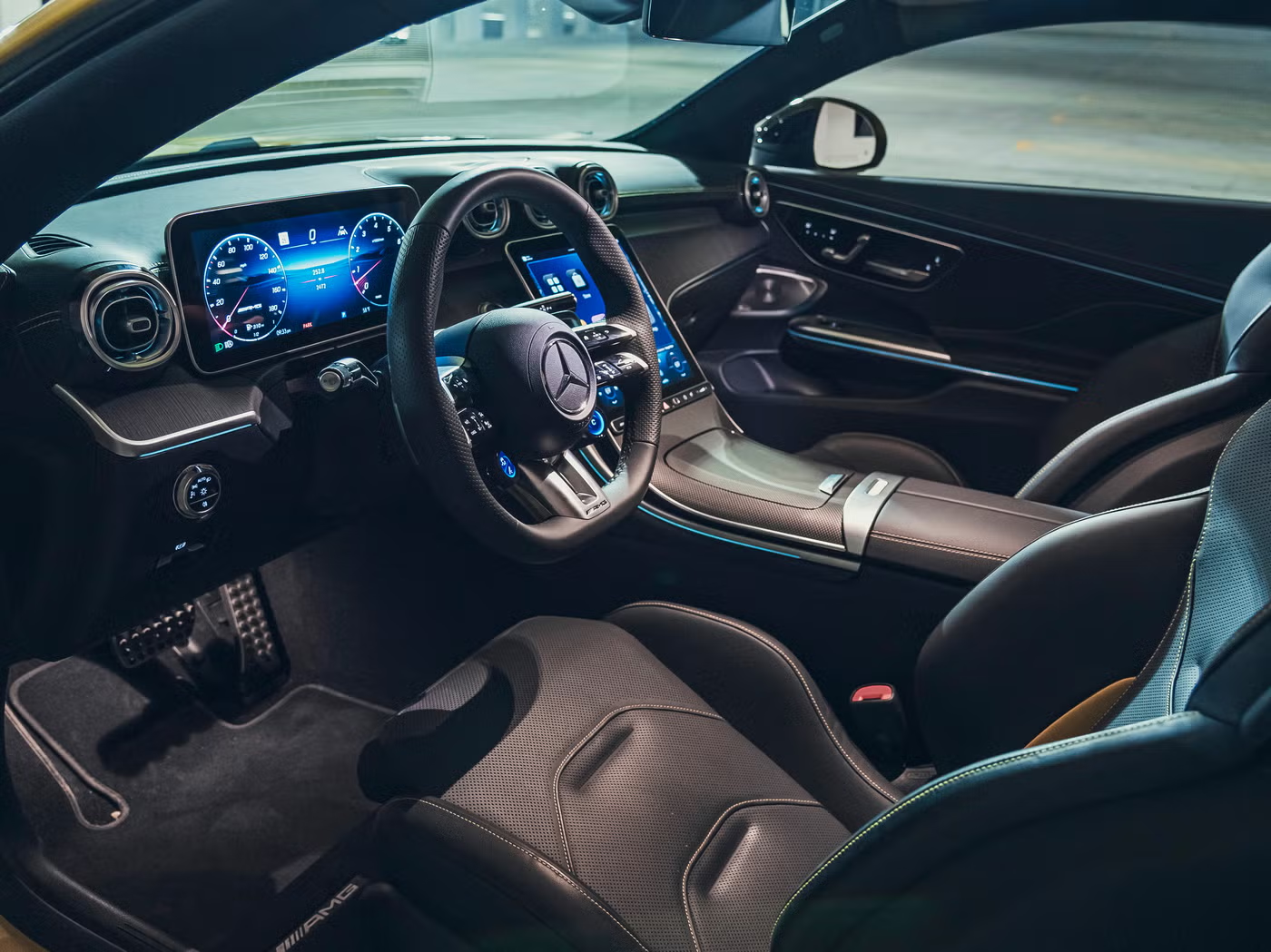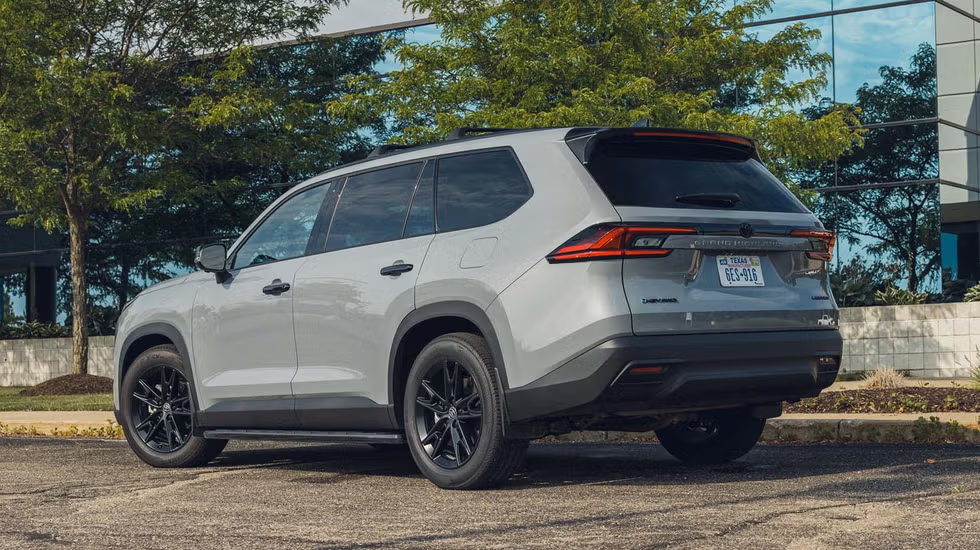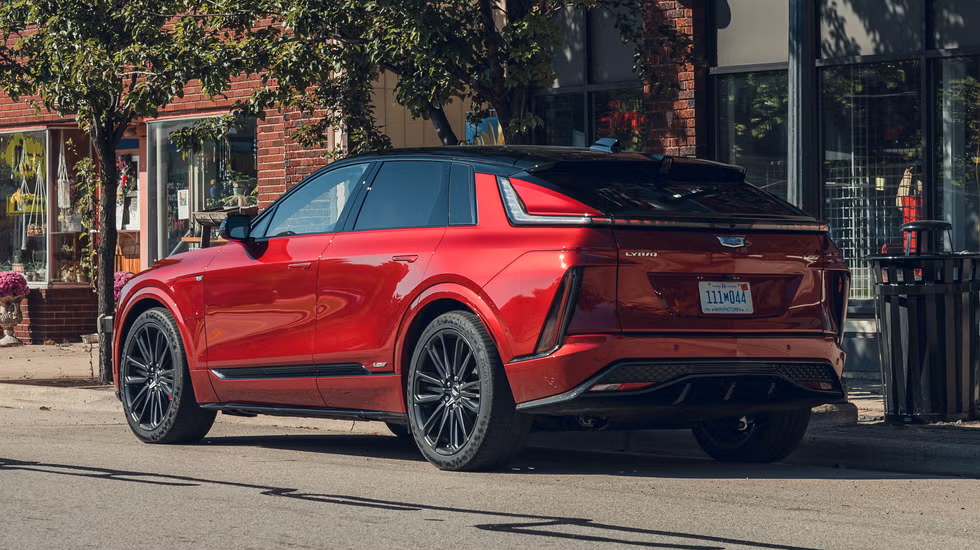2026 Tesla Model S Plaid: A Test of Time and Speed
Road tester focused on real-world usability and ride quality. Owns a Porsche 718 Cayman (manual) and a Suzuki Jimny for winter duty.
The Tesla Model S, a pioneer in the electric vehicle market, has seen little change since its debut in 2012. Now, with the 2026 Model S Plaid, Tesla continues its tradition of exhilarating performance, albeit in a familiar shell. Our test of this latest iteration reveals a vehicle that remains at the top of its game in terms of speed, yet shows signs of age in other areas.
Tesla's Model S Plaid, first introduced in 2021, boasts a three-motor carbon-sleeved permanent-magnet powertrain with an estimated 1006 horsepower. Despite subtle exterior facelifts over the years, the core design remains largely unchanged. This consistency is a testament to the original design's appeal, but for some, it might suggest a lack of innovation. Nevertheless, the performance metrics are as impressive as ever, with the Plaid achieving 0 to 60 mph in just 2.1 seconds, and completing a quarter-mile in a mere 9.4 seconds at 151 mph. This performance is largely thanks to the optional high-performance tires, which provide the necessary grip to harness the Plaid's formidable power.
Despite the unchanged performance, the Model S Plaid's driving experience is a mixed bag. While the vehicle offers a solid real-world range and astounding acceleration, its handling at the limit can be challenging. Skidpad tests showed a decline in grip from 1.08 to 1.02 g's, indicating that the car's stability at high speeds could be improved. The 21-inch summer tires, although providing better performance than the standard all-season tires, could not fully compensate for this issue. Moreover, the Plaid's top speed remains electronically limited to 163 mph, unless upgraded with a costly Track package.
Inside, the Model S Plaid showcases Tesla's minimalist design ethos, featuring a landscape-oriented touchscreen and a notable absence of traditional steering-column stalks. Instead, controls for turn signals, lights, and wipers are located on the steering wheel, while gear selection is managed via the touchscreen. This setup requires some adjustment but is intuitive over time. Despite these technological advancements, the interior remains stark and lacks the refinement found in some competitors. The optional Black and White interior, while striking, is prone to staining, a consideration for potential buyers.
One area where Tesla has made a noteworthy change is in the vehicle's EPA rating presentation. Unlike previous years, the EPA sticker does not differentiate between the 19-inch and 21-inch wheel options, listing the same fuel economy and range for both. However, potential buyers should be aware that the 21-inch wheels reduce the range to 309 miles, as opposed to the 368 miles claimed for the 19-inch wheels. This discrepancy is not immediately apparent, as the EPA label remains unchanged unless the larger wheels account for more than 33% of production. This could potentially mislead customers if they are not informed.
Tesla's Full Self-Driving (FSD) feature, now labeled as 'supervised,' is included in the base price of $111,630. This addition underscores Tesla's commitment to advancing autonomous driving technology, though it requires driver oversight. Meanwhile, the Model S Plaid's value proposition is enhanced by features like free Supercharging and the vehicle's enduring performance capabilities. Even with the optional upgrades, such as the 21-inch wheels and Ultra Red paint, the Plaid remains a competitive option in the high-performance electric vehicle market.
In conclusion, the 2026 Tesla Model S Plaid remains a force to be reckoned with in the realm of high-performance electric vehicles. Its speed and range continue to impress, though some aspects of its design and handling feel dated. For those drawn to its speed and technological innovation, the Plaid offers a compelling package. However, potential buyers should weigh these strengths against the vehicle's limitations, particularly in handling and interior refinement.
About Marcus Reid
Road tester focused on real-world usability and ride quality. Owns a Porsche 718 Cayman (manual) and a Suzuki Jimny for winter duty.



